Enhanced Energy Density and Efficiency
The inherent advantages of zinc air batteries, particularly their high energy density, are driving interest within the Zinc Air Batteries Market. With energy densities that can exceed those of conventional batteries, zinc air technology offers the potential for longer-lasting power sources. This characteristic is particularly appealing for applications requiring extended operational periods without frequent recharging, such as in medical devices and portable electronics. Market data suggests that the energy density of zinc air batteries can reach up to 300 Wh/kg, which is significantly higher than that of lithium-ion batteries. As industries seek to improve efficiency and reduce the frequency of battery replacements, the demand for zinc air batteries is expected to rise, positioning them as a viable option in various sectors.
Government Initiatives and Regulations
Government initiatives aimed at promoting clean energy technologies are significantly influencing the Zinc Air Batteries Market. Many countries are implementing policies that encourage the development and adoption of renewable energy solutions, including advanced battery technologies. For instance, incentives for electric vehicle purchases and subsidies for renewable energy storage systems are becoming increasingly common. These regulatory frameworks not only foster innovation but also create a favorable environment for the commercialization of zinc air batteries. As governments continue to prioritize sustainability, the market for zinc air batteries is likely to expand, driven by both public and private sector investments in research and development.
Growing Demand for Portable Electronics
The surging demand for portable electronic devices is a crucial driver for the Zinc Air Batteries Market. As consumers increasingly rely on smartphones, tablets, and wearable technology, the need for efficient and lightweight power sources becomes paramount. Zinc air batteries, with their superior energy density and lightweight properties, are well-suited for these applications. Market analysis indicates that the portable electronics sector is expected to witness a CAGR of approximately 10% over the next few years. This growth is likely to stimulate interest in zinc air battery technology, as manufacturers seek to enhance device performance while minimizing weight and size.
Increasing Adoption of Electric Vehicles
The rising adoption of electric vehicles (EVs) is a pivotal driver for the Zinc Air Batteries Market. As consumers and manufacturers alike prioritize sustainable transportation solutions, the demand for efficient and long-lasting battery technologies intensifies. Zinc air batteries, known for their high energy density and lightweight characteristics, present a compelling alternative to traditional lithium-ion batteries. According to recent estimates, the EV market is projected to grow at a compound annual growth rate (CAGR) of over 20% in the coming years. This growth is likely to spur investments in innovative battery technologies, including zinc air solutions, which could potentially enhance the performance and range of electric vehicles, thereby solidifying their position in the automotive sector.
Sustainability and Environmental Concerns
The growing emphasis on sustainability and environmental responsibility is a significant driver for the Zinc Air Batteries Market. As consumers and businesses become more aware of the environmental impact of battery production and disposal, there is a shift towards more sustainable alternatives. Zinc air batteries, which utilize abundant and non-toxic materials, present a more eco-friendly option compared to traditional batteries. This shift is reflected in market trends, where consumers are increasingly favoring products that align with their values regarding sustainability. As awareness of environmental issues continues to rise, the demand for zinc air batteries is expected to grow, positioning them as a key player in the transition towards greener energy solutions.


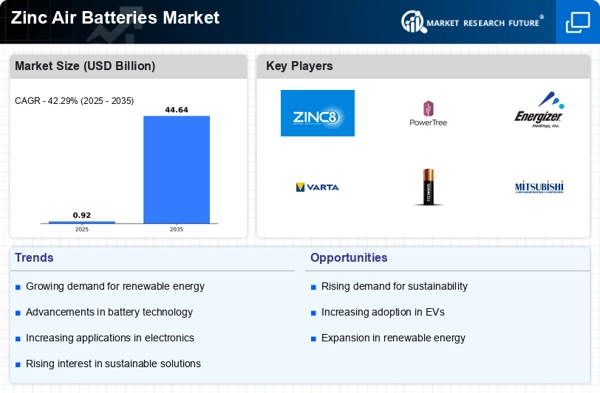

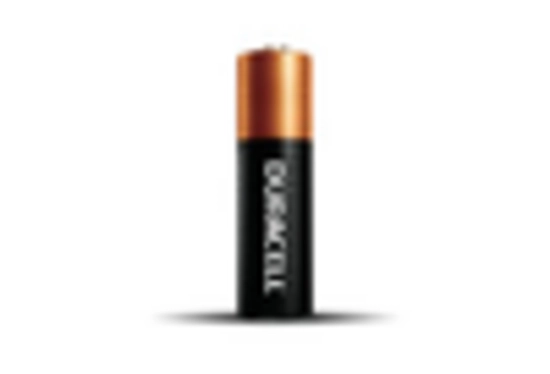


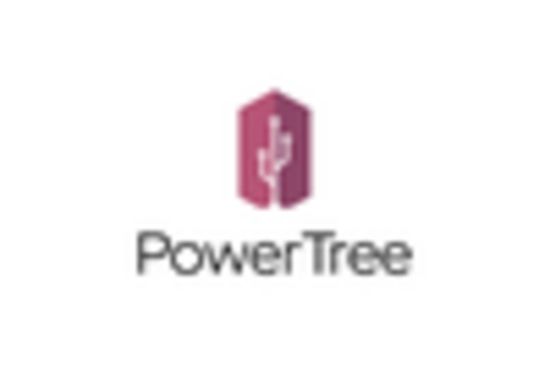
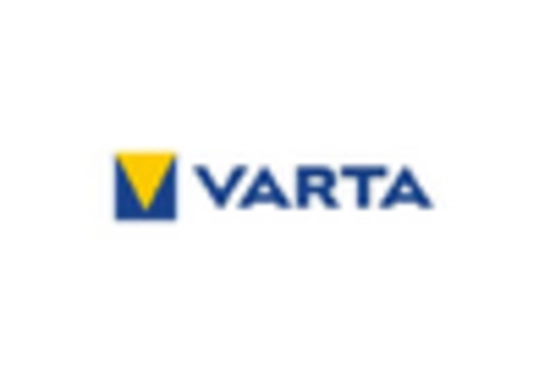
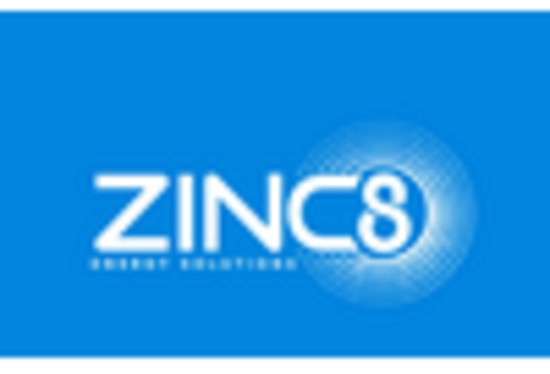








Leave a Comment